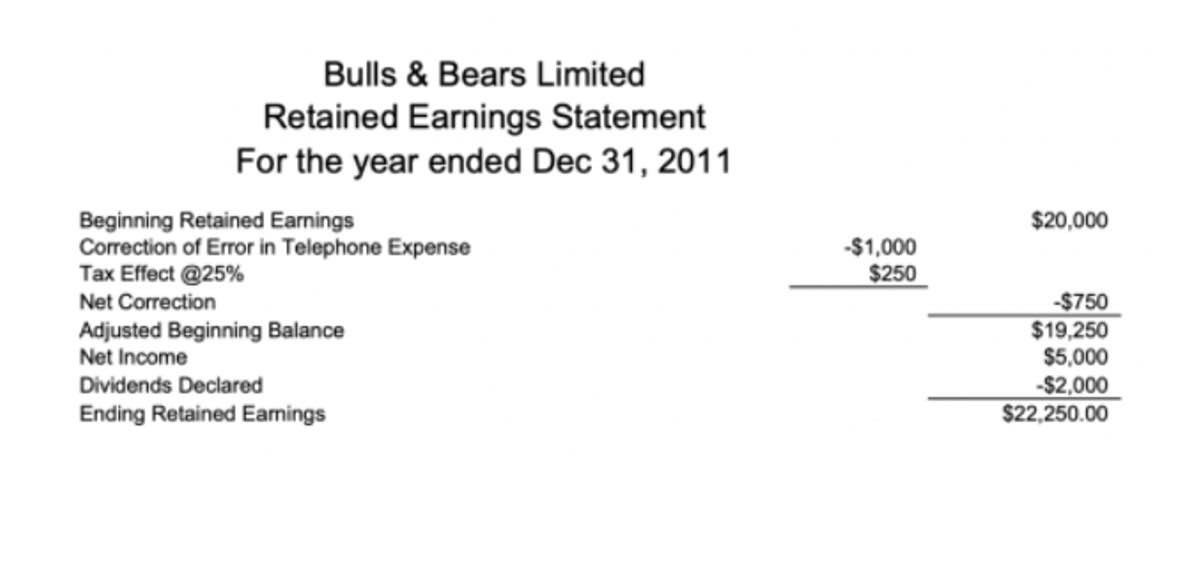
The following presentation begins with a close examination of the periodic system. If the proportion of purchase discounts taken is too low, it may be necessary to restructure the payables process to ensure that early payment deals are dealt with more promptly. A common reconfiguration of the system is to log all incoming invoices directly into the accounting system, prior to sending them out for approvals.
- Another part of the entry debits purchase discounts and credits accounts receivable for the discount taken by the buyer.
- Accounts receivable is a current asset included on the company’s balance sheet.
- Under periodic inventory system, the company needs to make the purchase discount journal entry by debiting accounts payable and crediting cash account and purchase discounts.
- In contrast, the total cost of goods purchased is included in the inventory on the statement of financial position.
- These closing entries are a bit more complex than that from the earlier chapter.
- This is most common when the sales discount amount is so small that separate presentation does not yield any material additional information for readers.
- Purchase discounts are the reductions that retailers and stores get from their wholesalers.
Accounting for Purchase Returns

The time commitment to train and retrain staff to update inventory is considerable. In addition, since there are fewer physical counts of inventory, the figures recorded in the system may be drastically different from inventory levels in the actual warehouse. A company may not have correct inventory stock and could make financial decisions based on incorrect data.

What Is a Purchase Discount on an Income Statement?
In evaluating the gross and net methods, notice that the Purchase Discounts Lost account (used only with the net method) indicates the total amount of discounts missed during a particular period. The presence of this account draws attention to the fact that discounts are not being taken, frequently an unfavorable situation. The Purchase Discounts account (used only with the gross method) identifies the amount of discounts taken, but does not indicate discounts missed, if any. This allows the manufacturers to increase their sales, but it also reduces their cash flow because cash from the sales isn’t being received immediately. This is why vendors traditionally offer purchase discounts to retailers.
What is Accounting for Sales Discounts?
These closing entries are a bit more complex than that from the earlier chapter. In particular, note that the closing includes all of the new accounts like purchases, discounts, etc. It may be confusing to see Inventory being debited and credited in the closing process. The answer is that Inventory must be updated to reflect the ending balance on hand.
Contra Expense
After almost a decade of experience in https://www.bookstime.com/ public accounting, he created MyAccountingCourse.com to help people learn accounting & finance, pass the CPA exam, and start their career. The format that has been mentioned above means that the buyer of goods and services can avail of a discount of 5% if he settles the amount within 10 days. Since every business is different, I recommend touching base with your accountant to see what works best for your specific use-case.
AccountingTools
A business should set up its accounting system to timely process, and take advantage of, all reasonable discounts. In a small business setting, this might entail using a system where invoices are filed for payment to match the discount dates. A larger company will usually have an automated payment system where checks are scheduled to process concurrent with invoice discount dates. Also a general ledger account in which the purchase discounts are recorded under Accounts Receivable Outsourcing the periodicinventory method.

When accounting for purchase discounts in a periodic inventory system, a specific account called „purchase discounts“ is used. This account is classified as a contra asset account, meaning it reduces the overall value of inventory. Since it decreases the value of an asset, it is recorded with a credit entry. This contrasts with a perpetual inventory system, where discounts are directly applied to the inventory account. Net purchases are the amount of gross purchases minus purchase returns, purchase allowances, and purchase discounts. While the Purchases Accounts are normally classified as temporary expense accounts, they are actually hybrid accounts.
- This might sound like a small reduction in price, but it can add up if every purchase a retailer makes is reduced by the same percentage.
- This strategic approach can build a positive financial reputation and potentially lead to more favorable future terms.
- The purchase accounts are used along with freight in, and the beginning and ending inventory to determine the cost of goods sold (COGS).
- In finance, a purchase discount is an offer from the supplier to the purchaser, to reduce the payment amount if the payment is made within a certain period of time.
- Also a general ledger account in which the purchase discounts are recorded under the periodicinventory method.
- For example, not taking a 2% discount on a 30-day term (like 2/10, net 30) can equate to an annual cost of capital exceeding 36%.
- Goods available for sale is the sum of beginning inventory and net purchases.
Any discounts we receive for quick payment are also kept in an account separate from our main Inventory account.
- Taking a discount, regardless of the accounting method, reduces the Cost of Goods Sold (COGS).
- Now let’s suppose the business decides not to avail of the discount.
- It is more likely that people will walk into a store if they knew that there was a discount on the products the store sold.
- Under the gross method, purchases are initially recorded at their full invoice amount, without considering any potential discount.
- In evaluating the gross and net methods, notice that the Purchase Discounts Lost account (used only with the net method) indicates the total amount of discounts missed during a particular period.
- An aspect that needs to be noted here is that only cash purchase discounts are included as subtractions from gross purchases.
A sales discount’s objective may also be to support the seller’s need for liquidity or to bring down the amount of outstanding accounts receivables as of any particular date. The sales discount is calculated as a particular percentage of the sales price and can be in the form of cash or trade discount on sales, discount allowed, or settlement discount. Trade discounts are those sales price reductions offered to wholesalers when they purchase in bulk, while cash discount refers to a reduction in sales price offered purchase discount account to customers due to early payment.